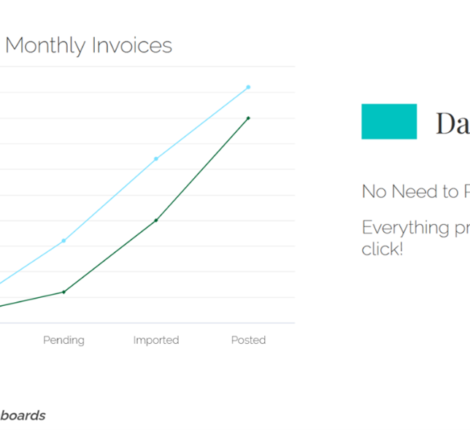SOFTWARE DEVELOPMENT VIA SCRUM
HOW IT WORKS, & WHY IT’S AWESOME!
Scrum is an agile project management framework that uses a set of values, principles, and practises to help teams structure and manage their work. Scrum encourages teams to learn via experiences, self-organize while working on a problem, and reflect on their victories and losses to continually improve, much like a rugby team (from which it gets its name).
While the scrum we’re talking about is mainly employed by software development teams, its ideas and lessons may be applied to many forms of cooperation. This is one of the reasons behind the popularity of scrum. Scrum is a combination of meetings, tools, and responsibilities that work together to help teams structure and manage their work. It is sometimes thought of as an agile project management framework.
Scrum is defined by empirical evidence and lean thinking. According to empiricism, information is gained by experience and decisions are made based on what is observed. Lean thinking eliminates waste and concentrates on the fundamentals. The scrum framework is heuristic; it is built on constant learning and adaptation to changing circumstances. It recognises that the team does not know everything at the start of a project and will learn as they go. Scrum is designed to let teams automatically adapt to changing conditions and user requirements, with re-prioritization integrated into the process and short release cycles to ensure your team is always learning and improving.
Although scrum is organised, it is not completely rigid. Its implementation may be adjusted to the requirements of every company. There are several theories regarding how scrum teams should function in order to be effective. But, after more than a decade of assisting agile teams in completing tasks, Atlassian has learnt that clear communication, transparency, and a commitment to continuous improvement should always be at the heart of whichever framework you select. The rest is all up to you.
A scrum team is a small and agile group focused to delivering product increments on time. A scrum team is normally small, consisting of roughly 10 individuals, but it is large enough to perform a significant amount of work during a sprint. A scrum team must have three distinct roles: product owner, scrum master, and development team. Because scrum teams are cross-functional, the development team also comprises testers, designers, UX specialists, and operations engineers.
Scrum ethics & standards:
Commitment
Because scrum teams are small and nimble, every team member is important to the team’s success. As a result, each team member should agree to commit to work that they can finish and not overcommit. Work progress should be communicated often, typically in stand-up meetings.
Courage
A scrum team’s courage is simply the courage to question the current quo or anything that impedes its capacity to achieve. Scrum team members should have the confidence and guts to attempt new things. A scrum team should have the confidence and trust to be open about bottlenecks, project progress, and delays, among other things.
Focus
The sprint, a focused and determined period of time during which the team completes a set amount of work, is at the centre of the workflow for scrum teams. The sprint provides structure as well as focus in order to finish the assigned amount of work.
Openness
The daily stand-up promotes transparency, allowing teams to freely discuss work in progress and roadblocks. This aids in highlighting progress and identifying roadblocks. When everyone discusses their progress, it helps to build the team.
Respect
An agile team’s strength resides in its collaboration and recognition that each team member contributes to work in a sprint. They congratulate one another and are courteous to one another, the product owner, stakeholders, and the scrum master.
Scrum is the finest in general because it provides an excellent structure for teams to communicate and create high-quality products fast while being flexible and sensitive to client requests. Its adaptability enables teams to make changes to their plans as needed, and its feedback loops assist to assure continual progress over time. Lastly, because of its ease of implementation, it is available to any team, and any project; regardless of size or money.



